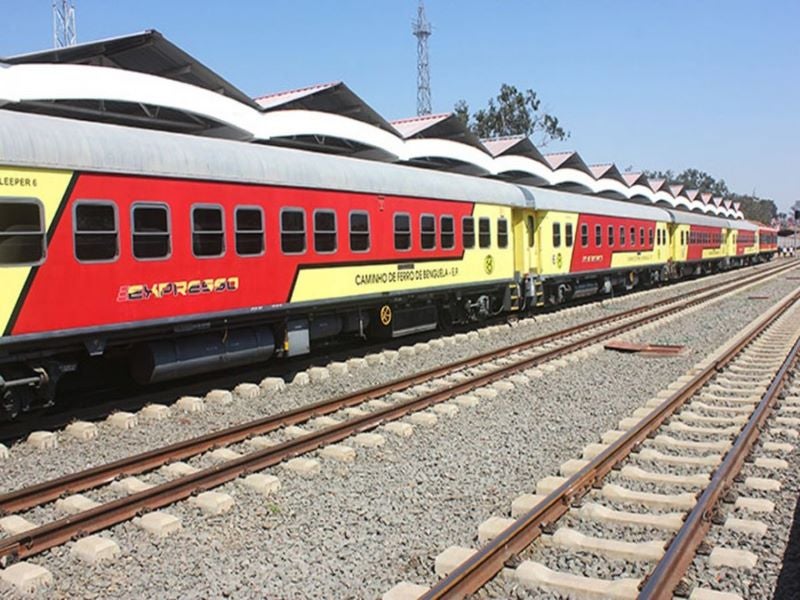
A consortium of Trafigura, Mota-Engil Engenharia e Construcao Africa (Mota-Engil), and Vecturis has received a 30-year concession from the Angolan Government’s Ministry of Transport for the Lobito Corridor project.
There is also an option to extend the concession for a further 20 years.
Trafigura and Mota-Engil each own a 49.5% stake in the aforesaid consortium, while Vecturis holds the remaining 1% interest.
The Lobito Corridor is a crucial route that links mines in the Democratic Republic of the Congo (DRC) to Angola’s Lobito port and global markets.
It is anticipated to become the third most key corridor in the Southern African Development Community (SADC) region by 2050 due to the ‘increased dynamics’ in the transportation of minerals and other materials in the near future.
Under the contract, the consortium will operate, manage and maintain the rail infrastructure for cargo transport, minerals, liquids, and gas for the corridor.
This corridor connects the port of Lobito with Luau in eastern Angola close to the border with the DRC.
Under the agreement, the consortium will provide significant capital for the improvement of rail infrastructure to enhance the capacity and safety of the Lobito Corridor.
Furthermore, it will invest in more rolling stock for freight operations.
At present, copper, cobalt, and other metals are shipped from the DRC east through Dar es Salaam in Tanzania, as well as via Beira in Mozambique, or south through Durban in South Africa, which takes many weeks or more.
The new export corridor eliminates trucks from the roads, lowering congestion as well as reducing expenses and time for miners in the Copperbelt.


